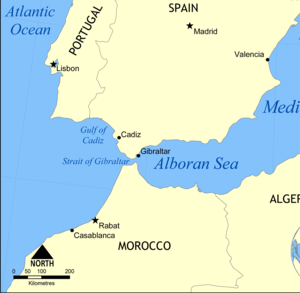
Kiwi Roa had spent the northern winter in southern Europe, rest and recuperation before going back toward the ice – but with six months to wait, and EU regulatory time limits pressing on a visiting yacht, the opportunity arose to visit somewhere a bit different: a new culture, in Arab North West Africa. The Moroccan coast is only a three day sail across the Gulf of Cádiz, south past the Straits of Gibraltar, to where the cities of Rabat and Salé sprawl next to the ancient Bou Regreg river.
Tangier, at first impressions a closer and even more convenient option, we rejected in consideration of a poorer marina and harbour. Furthermore, Rabat’s relatively higher status as the capital and residence of the king makes for a more modern, secure, and stable city a little removed from the chaotic effects of loose EU immigration policies on the African Mediterranean coast. After visiting Tangier and Spanish Ceuta briefly by land, we did not regret this choice.
This collection of photos is spread over three pages. Boaters inspired by the following photo story should recognize that this is not a cruising guide nor navigational aid.
Rabat-Salé
Rabat and its twin city of Salé are obvious river settlements and have been since antiquity, when the Phoenicians apparently valued a good riverway that allowed them to found their colony a few kilometres inland. Up and down the coast there are several small modern ports formed by artificial breakwaters but their utility is limited. So, the awkward part of the sail from Europe is not the passage but navigating the river entrance, which again nowadays features a dual-stage breakwater system that attempts to buffer the Atlantic swell but nevertheless leaves a dangerous bar to contend with. Entry requires timing, and Kiwi Roa with a 2.2 m (7′ 2″) draft needed a high tide, ocean swell under two meters, and daylight. This was complicated by the starting North Atlantic winter storms and resulting ripples emanating from the far north that ended their own passage in seafoam against African beaches.
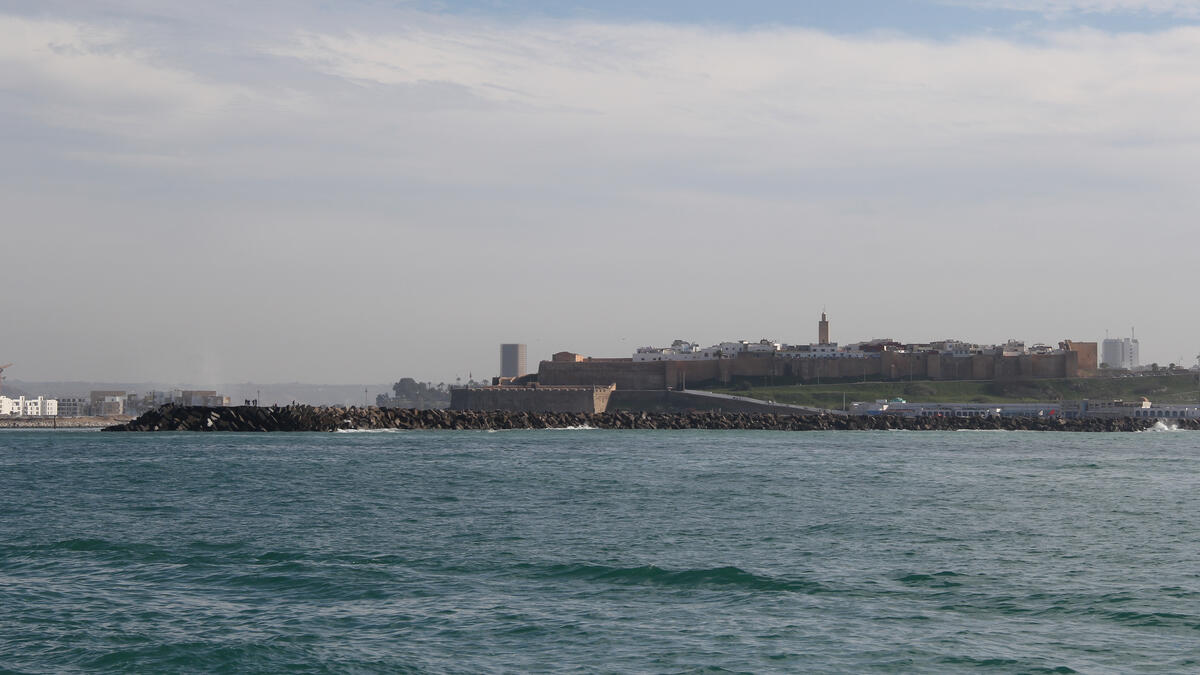
Later, Peter would re-visit the bar from the riverside, and photograph what an extra meter of swell looked like at half tide, on a quite beautiful and quiet day. For anyone other than a surfer the picture is a rather terrifying emphasis on why conditions and timing are critical for a safe entrance.
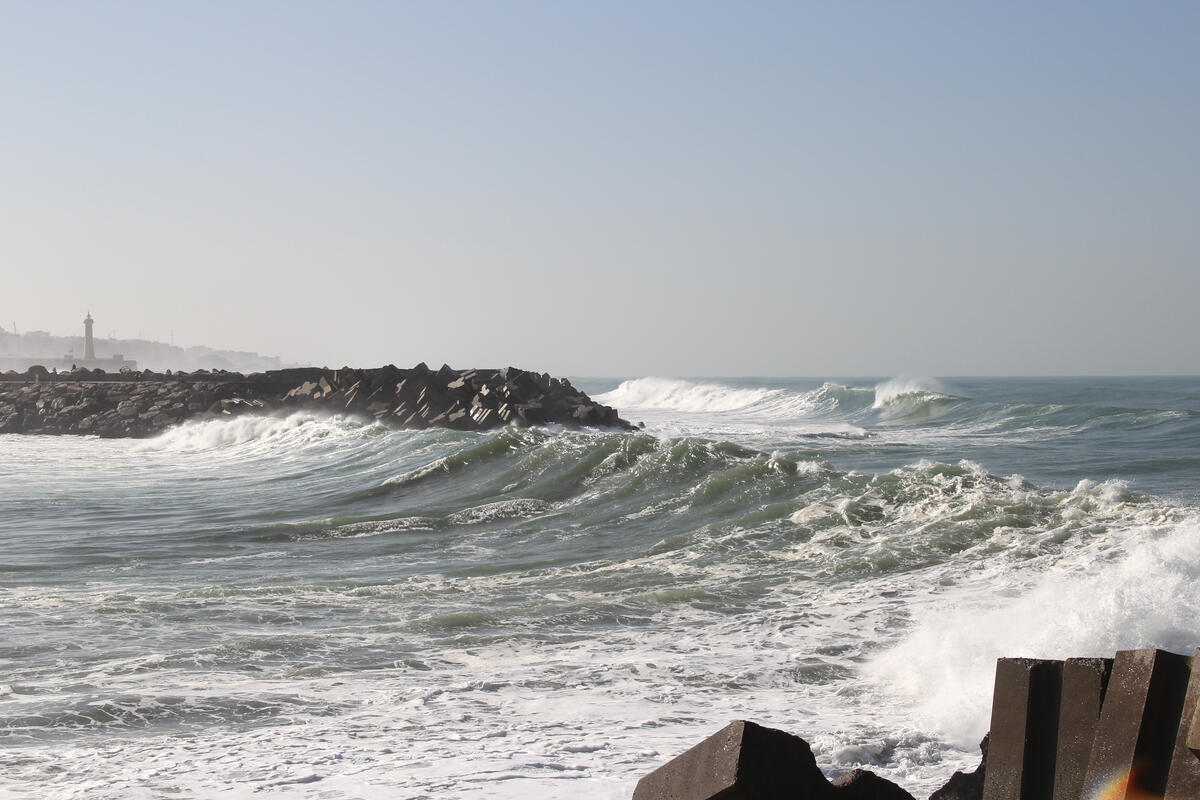
In the event, we timed a weather window to coincide with tide and sun, patience prevailing for the sailor with time, and landfall was heralded by a relatively quiet sea, on which local fishing boats with deployed nets were scattered in a dusty haze. The city is built out along the coast, a flat mix of medieval and modern buildings in a pale tan colour scheme under a sandy sky.

Amongst the old walls and new apartment buildings, patches of foreign detail seem to elude any resolving to the visiting eye.
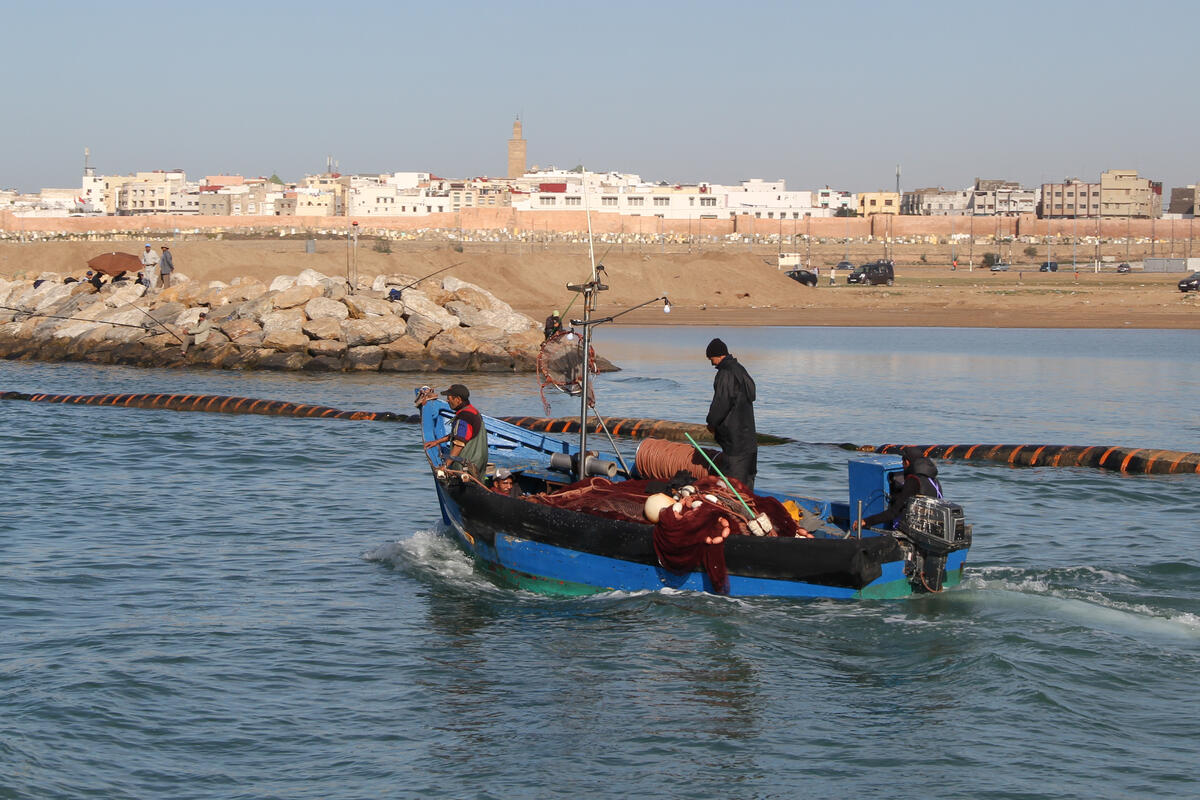
And finally, with the reassurance of a local pilot playing follow-the-leader, we made an uneventful entrance into the river.
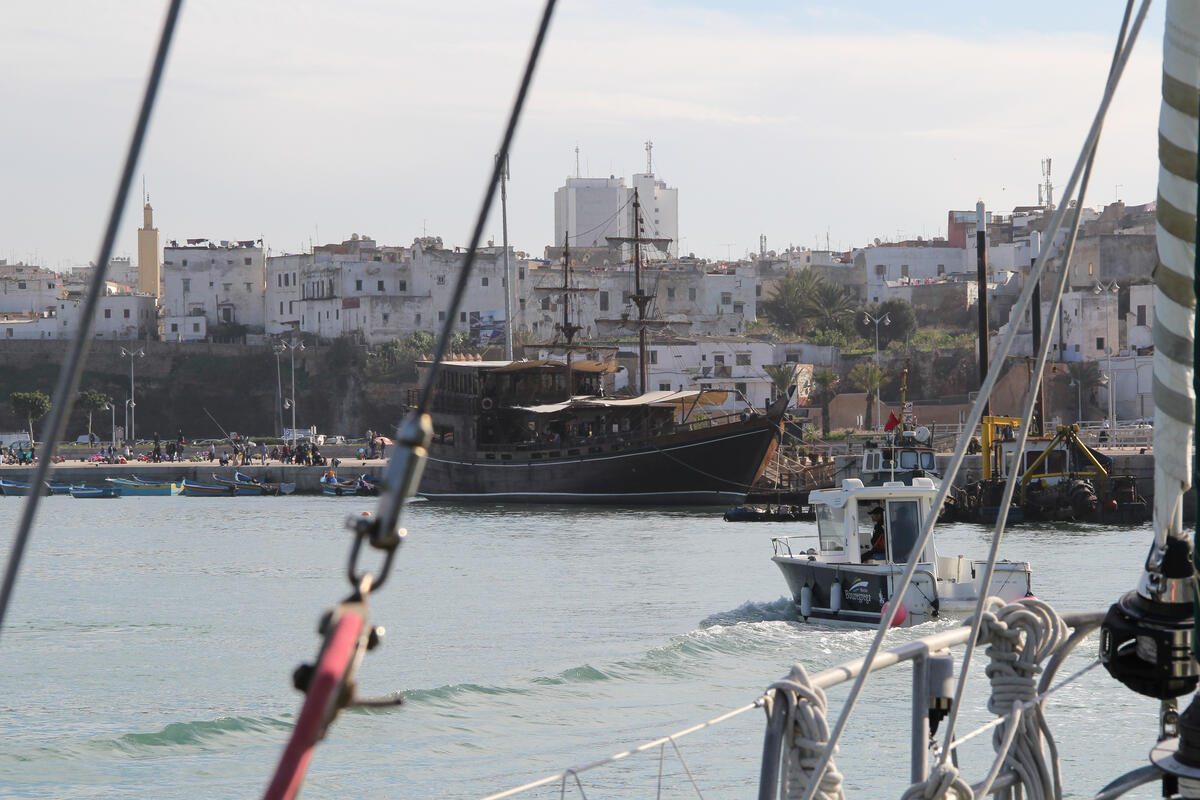
Half a mile down the river, the Bouregreg Marina is a modern facility cut into the north bank and framed by geometric concrete development, upscale suites and apartments on one side and parks, open air swimming pools, and the wide bridge that carries multiple lanes of traffic, trams, and pedestrians across to the Rabat side. The marina appeared to have an oversupply of berths at the time of visiting, but has been set-up to encourage foreign cruising yachts to visit; local regulations have even been tweaked to align with and take advantage of EU regulations applicable to overseas vessels just like Kiwi Roa which find themselves having to leave EU waters after a limited period. They can sail down to Rabat-Salé and stay in safety, crew either flying home or wintering over onboard, then return to the EU or head into the Mediterranean for the following summer with little effort and the paperwork clock reset.
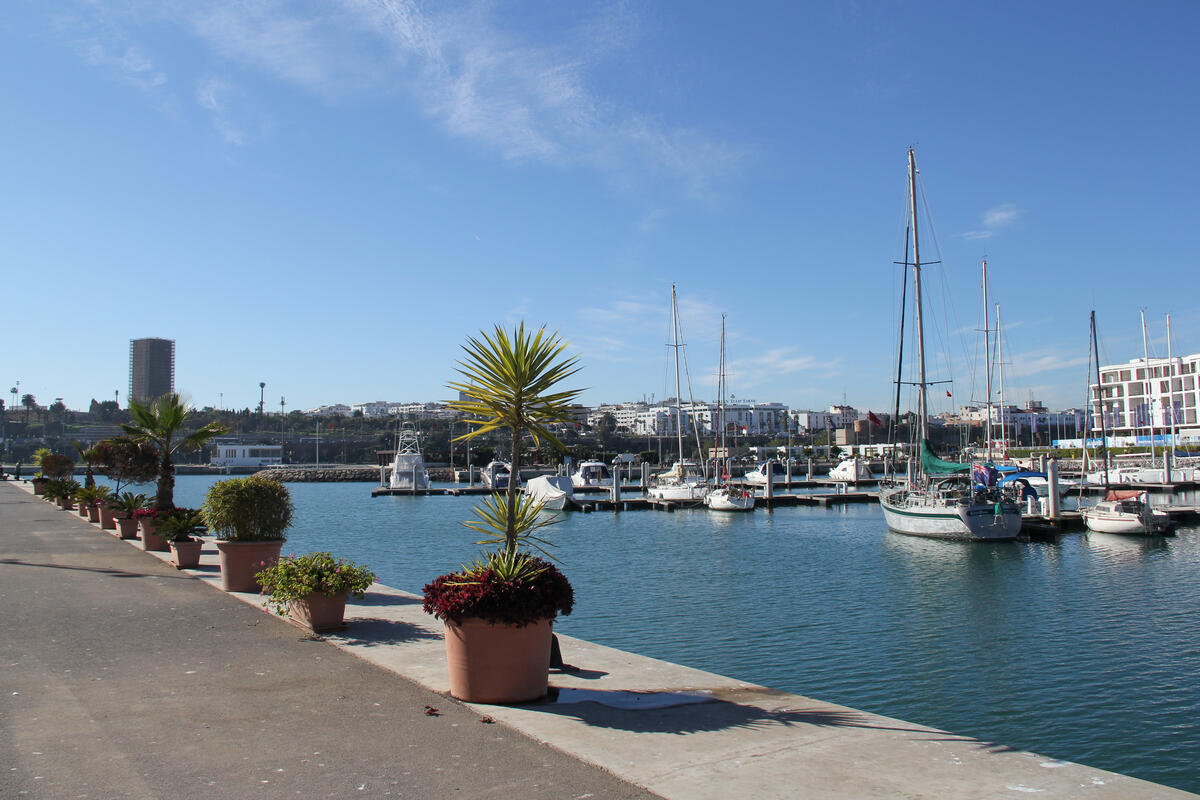
Living aboard for such a layover is well catered for by the marina, and is quite pleasant in the winter climate with warm days and temperate nights. Security is well implemented if perhaps a little over-zealous by most standards. Local visitors to the marina must register with customs before being permitted down the docks, although most seem accustomed to that. Marina staff with essential service roles all speak some English.

On the topic of customs, immigration is handled at a dedicated customs dock outside the marina, where the authorities have offices situated within the marina complex and handle all matters on site.

If flying out of the country, permission to leave the vessel is required from customs, with relevant paper work which airport staff may demand to see. Importing mail and parcels is also relatively straight forward, the post office only a few tram stops away in Salé. Taxies are cheap and ubiquitous: stand on the roadside and flag down a yellow one for the Salé side, a black one to cross the bridge to Rabat. Some knowledge of French if not Arabic would be helpful here, or the marina office will subsidize the plight and embarrassment of hopeless monolinguals with a written note (the reader is invited to speculate on how Peter comes by this knowledge).
Local professional services in Rabat seem to be up to modern first world standards. Peter had some urgent dental work performed, and found the dentists well trained, usually in Europe, and working with good facilities and equipment (crowns were made on-site within 24 hours).
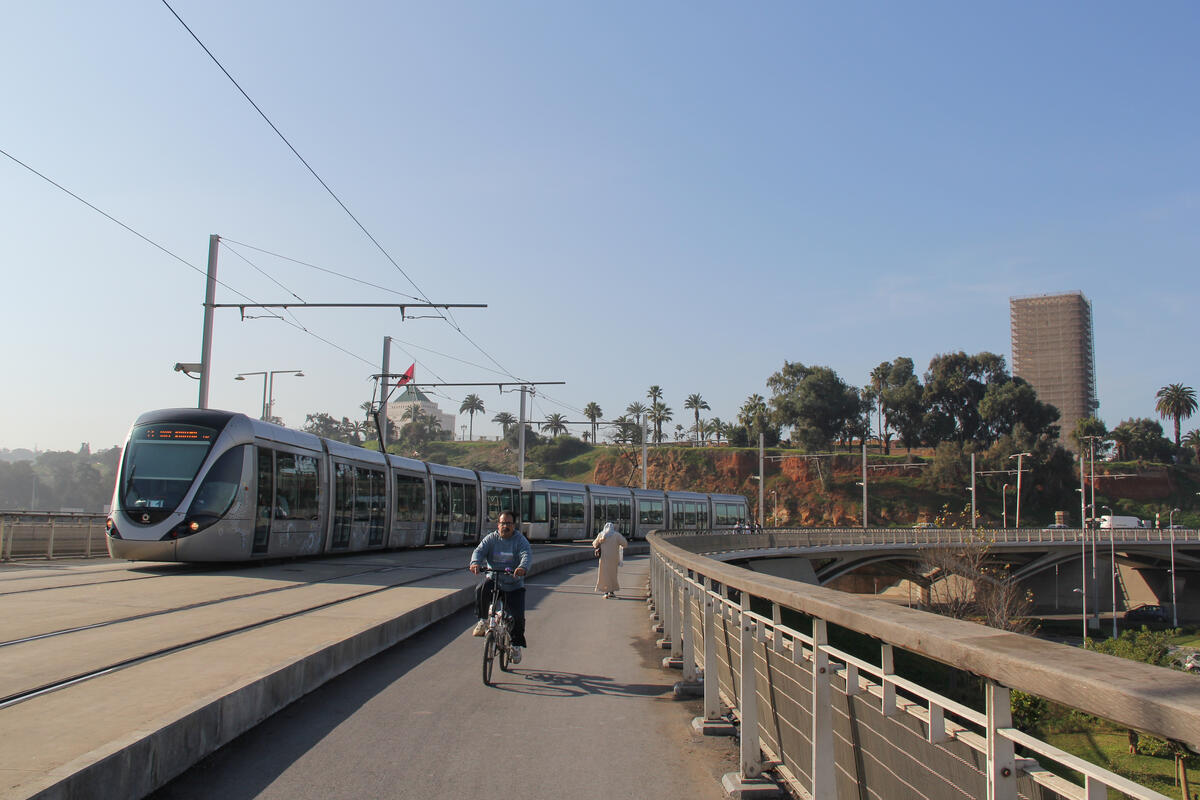
With practicalities taken care of, the twin cities do have intrinsic value of interest to the foreign visitor, or we daresay tourist. Morocco like other countries in the region has an ancient and complex history, an epic of colonization by myriad different settlers over the eras. Since the middle ages of course it has been swathed by Arab Islam, European intercessions notwithstanding, and this is the preeminent character of the host culture. Large footprints of the cities are occupied by medinas (old town quarters), kasbahs (fortified keeps), and souqs (marketplaces).

The Salé medina offers all supplies the cruiser may desire: fresh chicken (killed and processed while the customer waits and spectates), beef, fresh fish, fresh vegetables of every variety brought to market daily and most probably as organic as it gets. Trays present mounds of nuts, spices, dates of all types, cous cous, rice, and flour.
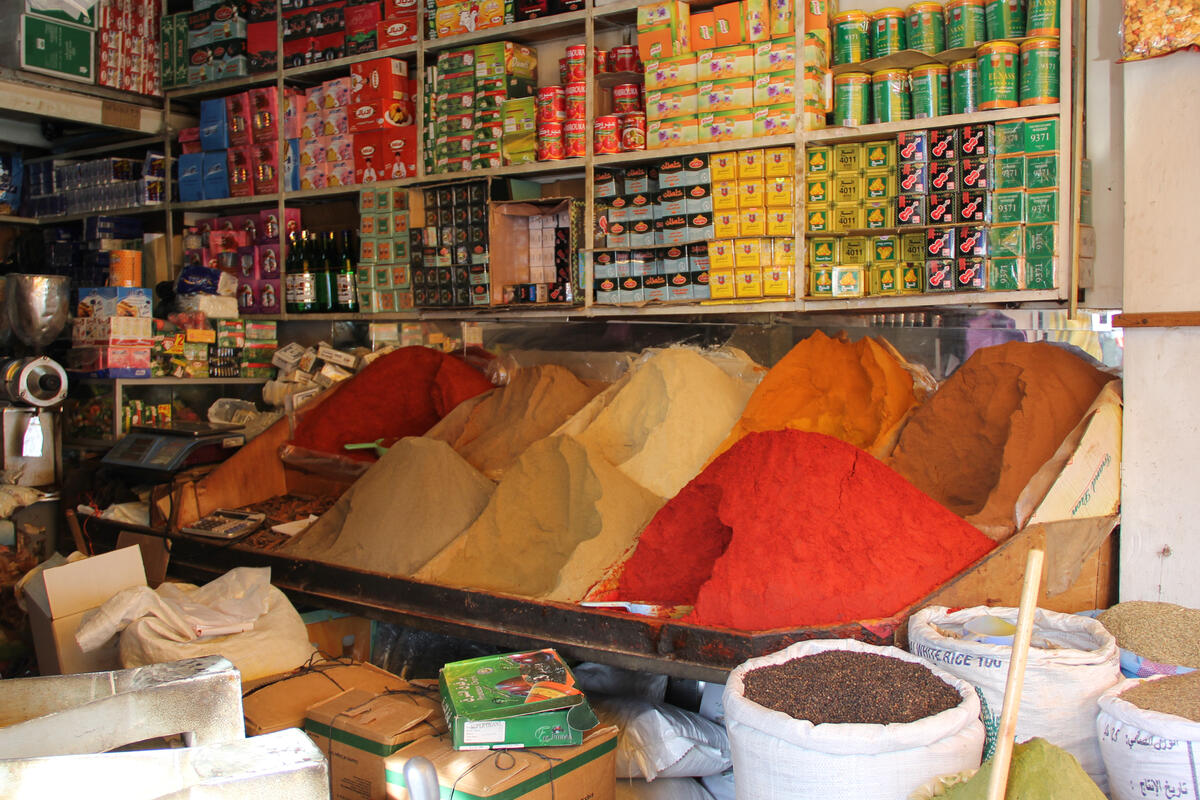
Bakers operate from tiny little spaces selling fresh baked breads, near street restaurants where the bread is used in place of a spoon for all meals, all included for very low prices by Western standards.

This intense experience of colour, sound, smell, and taste is five minutes’ walk from the marina – Salé Medina was built less than a kilometre in from the river, close to the sea.

